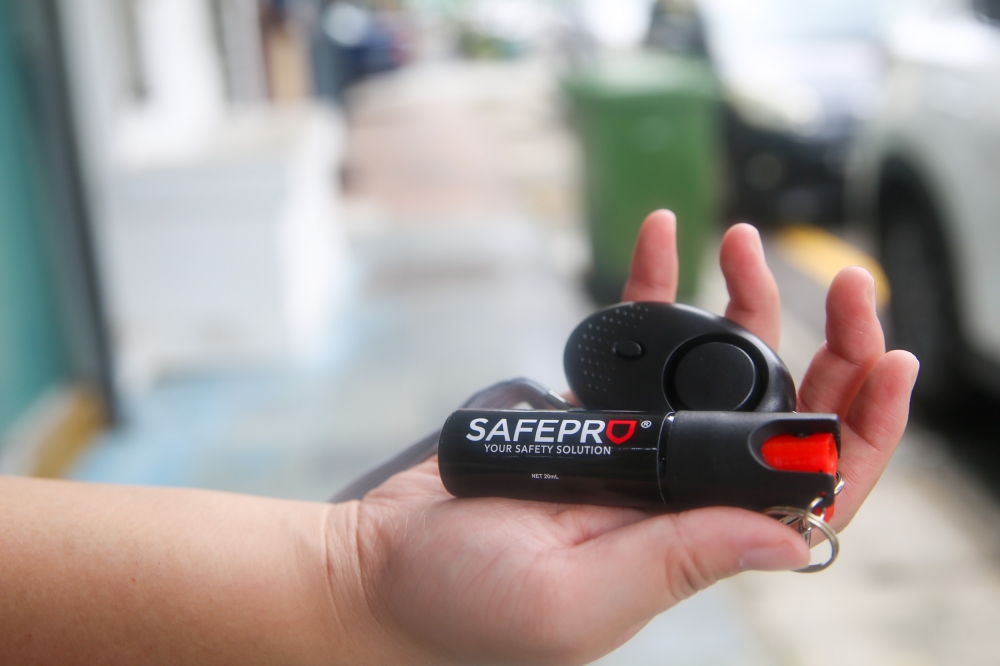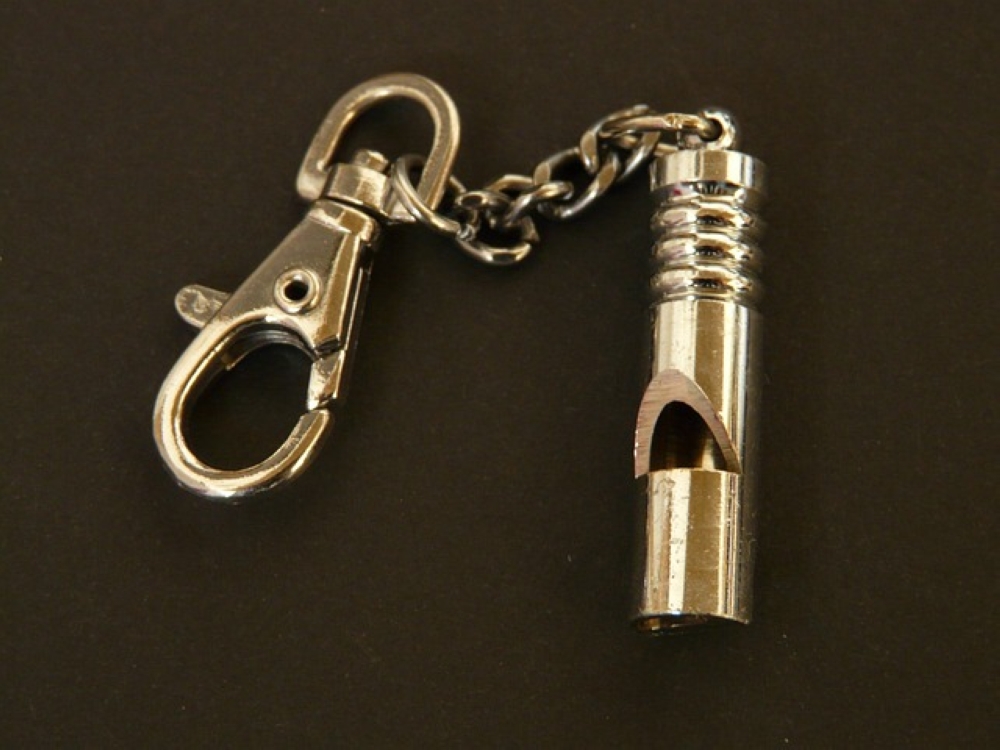KUALA LUMPUR, Aug 4 — A recent social media post about the steps a woman needs to go through to carry pepper spray for self-defence has sparked a conversation about the rules and regulations governing self-defence tools in Malaysia.
Ada ternampak this 1 comment dekat tiktok. Dia cakap "why susah sangat perempuan nak bwk pepper spray?"Pls know that;1. Orang yang nak menjual pepper spray kena ada lesen.2. Pemilik pepper spray kena pergi IPD and mintak kebenaran. Perlu ada sebab kukuh kenapa nak bawak.
— ???????????????????? (@mtunkrm) July 23, 2024
The main laws overseeing this are the Corrosive and Explosive Substances and Offensive Weapons Act 1958 (Caesowa) and the Arms Act 1960, which laid the framework for individuals to obtain appropriate permits and adhere to specific guidelines to legally carry pepper spray.
According to Section 2 of Caesowa:
““Any person who unlawfully and maliciously uses or attempts to use any corrosive substance or offensive weapon for the purpose of causing hurt, or causes or attempts to cause by any explosive substance an explosion of a nature likely to cause hurt, shall, whether any hurt has actually been caused or not, be guilty of an offence and shall on conviction be liable to imprisonment for a term not exceeding seven years, and to whipping.”
Section 2 of the Arms Act defines prohibited weapons, which include pepper spray:
“No person shall knowingly accept delivery of any arms or ammunition unless he is the holder of a valid licence granted to him under this section authorising him to purchase or acquire the arms or ammunition or unless he is otherwise entitled under this Act or by virtue of any licence or permit granted to him thereunder to have possession, custody or control thereof.”
Although the Explosives Act 1957 mainly concerns explosives, it also covers other dangerous items including pepper spray.
Section 3 of the Explosives Act defines dangerous items broadly and requires that a licence be obtained for possession and use to ensure items which could potentially cause harm are regulated, even if they are not explosives.

Given the strict regulations, obtaining a pepper spray licence can be challenging. Here is a list of various defensive sprays and the steps required to own one:
1. Pepper spray or OC spray
The OC stands for oleoresin capsicum, a form of capsaicin — which is the compound that makes plants in the genus Capsicum such as chillies — spicy.
When used, it causes a burning sensation, intense pain, and temporary blindness by irritating the eyes and respiratory system.
It can also cause an inflammatory reaction, making it difficult for an attacker to see and function properly.
Pepper sprays can be delivered in various forms: a stream for precise targeting with less wind blowback, a fog for a wider mist which is useful in situations where precise aiming is difficult, and a gel that sticks to the attacker's face, reducing the risk of affecting bystanders or the user.
2. Tear gas
This spray uses CS gas — 2-chlorobenzalmalononitrile — which causes intense eye irritation, tearing, coughing, and difficulty breathing.
It is primarily used by law enforcement for crowd control but can also be used for personal self-defence in some situations.
Tear gas is typically delivered as a fog that spreads over a large area, creating a barrier, or as a stream, although the latter is less common for personal use.
3. Mace
Here’s how you can actually get a licence to use pepper spray in Malaysia:
Check eligibility: This includes being a Malaysian citizen, being at least 18 years old, and having a clean criminal record.
Application form: Obtained from the local police station or the official police website.
Submit application: Fill out the form and submit it along with necessary documents, which typically includes a copy of your MyKad, a recent passport-sized photograph, and a letter of justification for why you need the pepper spray.
Fee payment: The fee amount can vary, so check with the local police station for the exact amount.
Interview or assessment: You may be required to attend an interview or undergo an assessment as part of the application process.
Processing time: This can take several weeks, depending on the volume of applications and other factors.
Approval and issuance: Make sure to comply with all regulations and usage guidelines specified in the licence if your application is approved.

Can’t get a licence? Here are some other common alternatives for vulnerable individuals:
- Safety whistle: A simple, inexpensive tool that can draw attention in case of an attack. The high-pitched sound can deter attackers by alerting nearby people.
- Alarm keychains: These devices emit a loud alarm when activated, which can scare off attackers and attract help. They are easy to carry and can be attached to bags or keys.
- Keys: While not requiring any licence, keys can be used effectively for self-defence by holding them between your fingers as a makeshift knife.



















